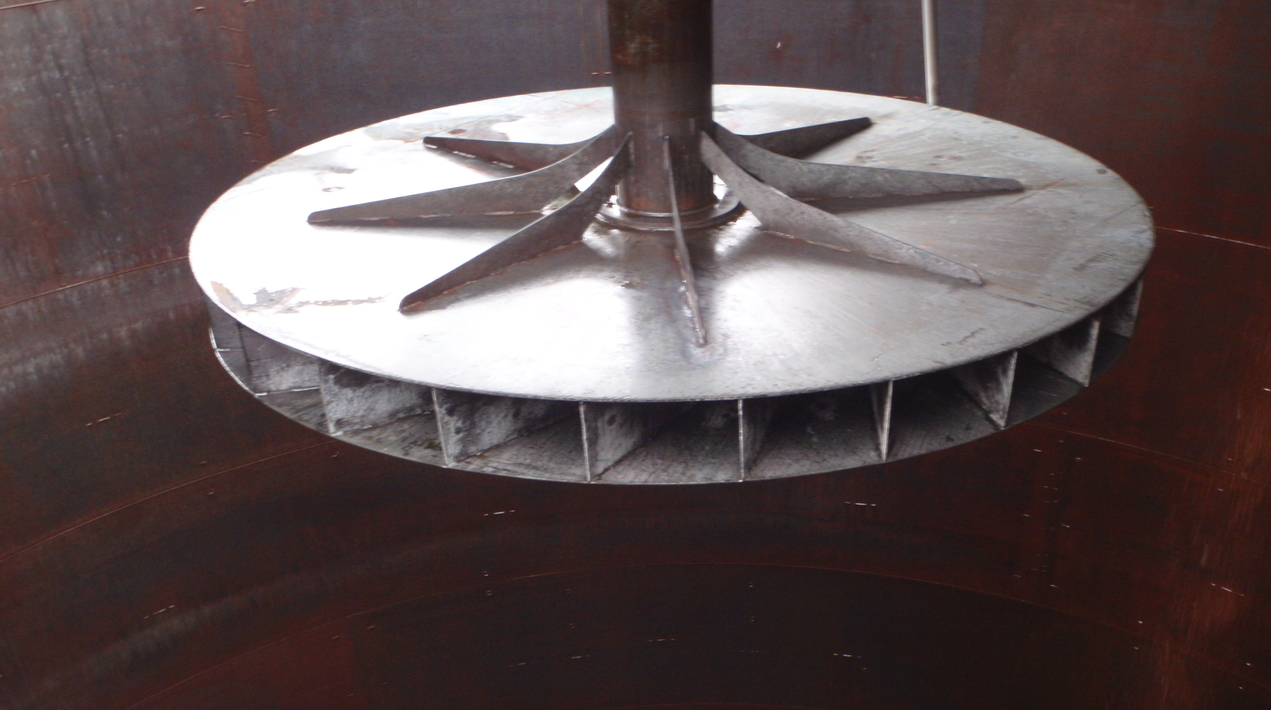
Australia’s national science agency, CSIRO, and a Finnish industrial machinery company have signed a global exclusive cooperation agreement on the delivery of SwirlFlow® agitation technology for the Bauxite and Alumina sector outside of China.
The combination of the companies’ leading expertise in their respective fields will allow the parties to create the strongest offering to the market for the use of this technology in the refinery precipitation tanks.
The Director of Light Metals at the industrial machinery company stated that sustainability is a top priority for the firm. In addition to their own investments to develop technology for sustainable alumina processing, they announced their cooperation with CSIRO. This partnership will allow the firm to meet its customers’ growing demands such as lower capital installation, reduced spare parts costs and an increase in precipitation tank availability.
CSIRO’s leading technology in SwirlFlow® agitation has been pioneered at a tier-one refinery precipitation tanks, leading to significantly reduced maintenance costs and improved operational time between descaling events stated that the Research Program Director for Processing at CSIRO.
In the minerals processing industry, large mixing tanks are utilised to provide a variety of continuous hydrometallurgical processes including leaching (digestion), precipitation, adsorption, oxidation, tailings washing and neutralisation. Usually, single or multiple impellers with vertical baffles inside these tanks are utilised for mixing and to create suspensions of solid materials.
Traditional long-shaft agitators are expensive and difficult to clean during maintenance shutdowns. They may also bog in solids that settle on the bottom of the tank. These issues result in losses of production as well as high maintenance costs.
The technology has significantly lower capital and operating costs compared to traditional agitation systems, cutting installation costs by up to a third. It incorporates a short shaft and a novel impeller design to create a tornado-like vortex flow. As it integrates a short shaft, the technology does not bog in settled solids and is easier to clean. This reduces downtime and maintenance costs. Furthermore, it can achieve the same mixing performance as traditional agitators with lower power consumption, further reducing operating costs.
The technology has been deployed at the Queensland Alumina refinery in Australia and is being evaluated for other alumina refineries in Australia and overseas. In addition, it is also being tested for leaching applications in iron ore, gold, and uranium plants.
The technology has been designed for slurry tanks:
- as a short-shaft system to reduce the mechanical failure risks common in conventional agitator systems
- as a low-weight, lower-cost replacement or new agitator system for gold carbon-in-pulp (CIP) leach and process tanks.
- where downstream pumps are starved of feed due to sedimentation blockage of the pump inlet pipe
- to address the build-up of inventory, scale or sediment that reduces tank online time, or results in a premature stoppage of the tanks.
The capital cost of the technology is around 50% less than traditional technologies and, similarly, the maintenance costs are also much lower, in part due to the lower wear rates than for the impellers used in traditional systems.
Conversion to the technology is both a major capital cost saving and provides long-term operating advantages including a significantly lower tank scaling rate. This means that the tank can stay operational for much longer, increasing production and reducing costs.
















